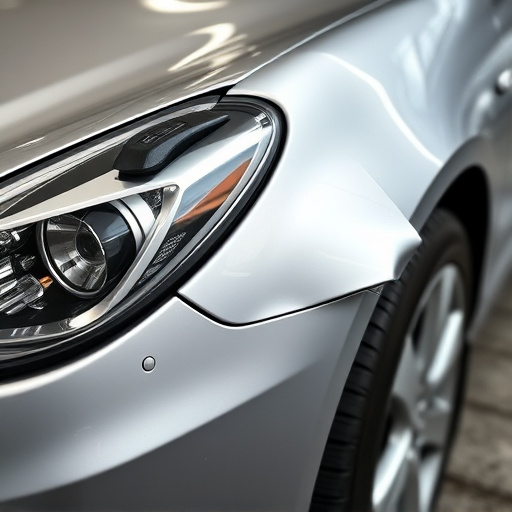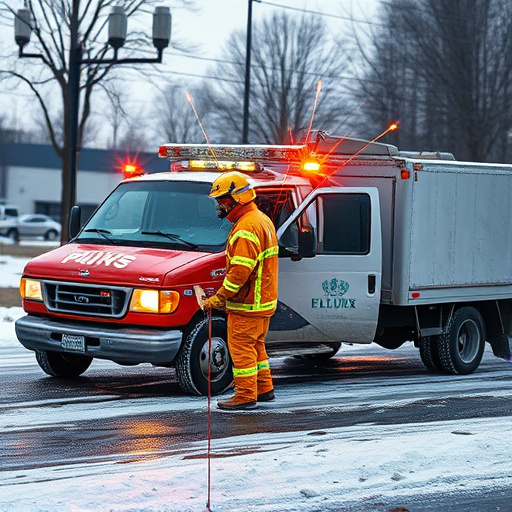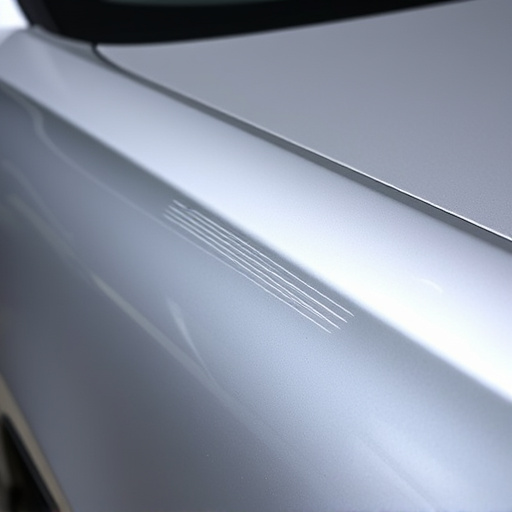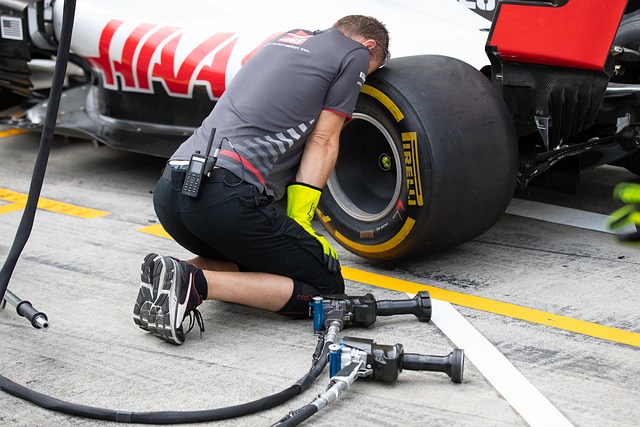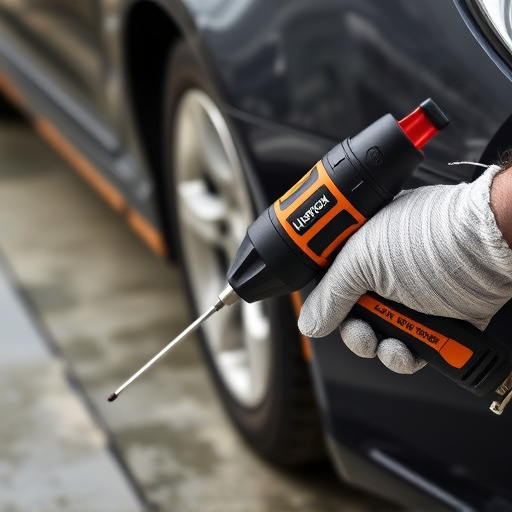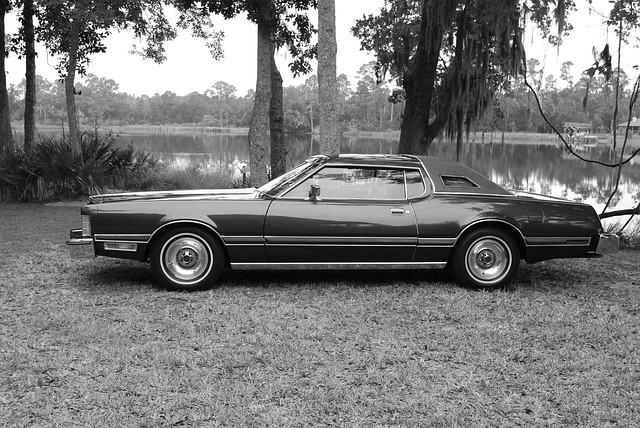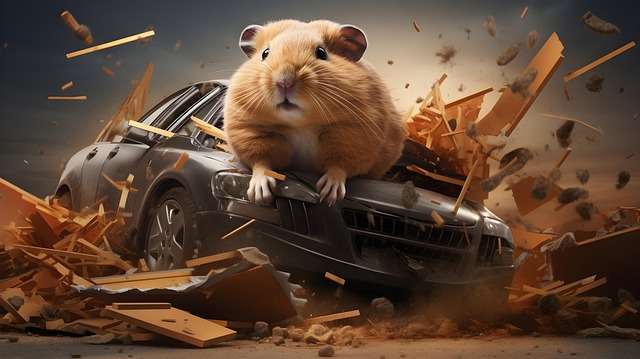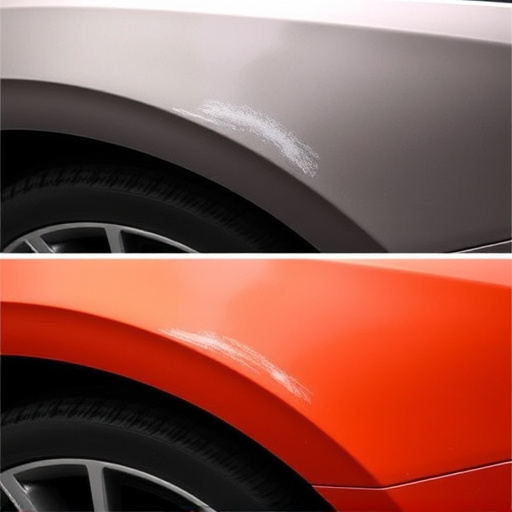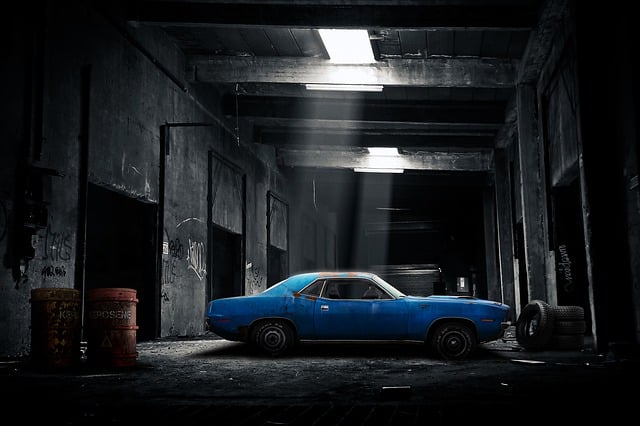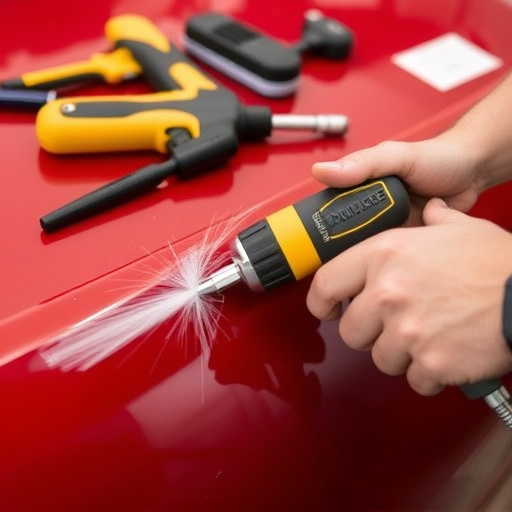Headlight restoration services aren’t just about reviving your vehicle’s lighting—they play a surprising role in supporting environmental sustainability. This article explores how these services contribute to reducing automotive waste, conserving energy, and adopting sustainable practices. By restoring headlights instead of replacing them, we can significantly cut down on the environmental impact associated with manufacturing new lamps and minimize waste sent to landfills. Let’s dive into the unique approach headlight restoration takes in service of our planet.
- Reducing Automotive Waste: A Unique Approach
- – The environmental impact of vehicle headlamps
- – How restoration reduces waste and recycling needs
Reducing Automotive Waste: A Unique Approach

A headlight restoration service plays a unique role in promoting environmental sustainability by addressing an often-overlooked aspect of automotive care: headlights. Beyond their primary function, headlights contribute to overall vehicle aesthetics and safety, which are critical factors for drivers’ confidence and road safety. However, over time, these essential components can become scratched, clouded, or damaged due to various environmental factors, such as air pollution, bugs, and UV rays. Instead of replacing them, a headlight restoration service offers an eco-friendly alternative by expertly revitalizing these lights.
By opting for this service, vehicle owners not only save money but also contribute to reducing automotive waste. Traditional auto body repair shops often end up discarding old headlights or sending them to landfills, adding to the growing problem of electronic waste. In contrast, headlight restoration involves reconditioning and polishing the existing lenses, eliminating the need for frequent replacements. This unique approach aligns with sustainability goals by minimizing resource consumption and cutting down on plastic waste generated from manufacturing new headlights, thereby making it a responsible choice for both consumers and the environment.
– The environmental impact of vehicle headlamps

Vehicle headlamps, though essential for night driving and safety, have a significant environmental impact. They contribute to light pollution, disrupting natural ecosystems and altering wildlife behaviors. Additionally, their production involves resource-intensive processes that generate considerable waste and emissions, adding strain on our planet’s resources. Regularly, headlamps also become less efficient over time due to buildup of dirt, road grime, and UV damage, leading to increased energy consumption and further environmental concerns.
A headlight restoration service plays a crucial role in mitigating these issues. By expertly polishing and rejuvenating headlamps, they restore optimal light output and efficiency. This not only enhances visibility for drivers but also reduces the need for frequent replacement of headlamps, thereby lowering production-related environmental footprints. Moreover, considering auto maintenance as an eco-friendly practice, headlight restoration services contribute to longer-lasting vehicle components, reducing waste and saving resources from both scrap yards and manufacturing processes – a step towards sustainable auto body repair and car scratch repair solutions.
– How restoration reduces waste and recycling needs

A headlight restoration service plays a significant role in promoting environmental sustainability by significantly reducing waste and lowering the demand for recycling. Typically, headlights, over time, become cloudy or scratched due to normal wear and tear, exposure to harsh weather conditions, or even minor accidents. Instead of replacing these lights entirely—a process that contributes to electronic waste—restoration techniques can revive their original clarity and brightness.
This eco-friendly approach not only saves resources but also minimizes the carbon footprint associated with manufacturing new headlights. Moreover, by extending the lifespan of existing lighting components, it reduces the need for frequent visits to collision centers or vehicle repair services for dent removal or other damages that may impact headlight functionality.
A headlight restoration service plays a unique role in promoting environmental sustainability by mitigating the significant ecological impact of automotive headlights. Through innovative restoration techniques, this service reduces the need for frequent replacements, thereby decreasing the influx of vehicle-related waste into landfills. By extending the lifespan of headlamps, these services contribute to a circular economy, where resources are conserved and recycling needs are minimized, ultimately fostering a greener future for all road users.
